Categories
Latest Posts

Skai Director of Sales joins Podean as Director of Retail Media Partnerships
September 12, 2023

Podean Turkey launches & unveils ecommerce research
August 5, 2022
The effects on old-world commerce
Every once in a while there comes a new business innovation that changes the whole landscape of its industry, and sometimes the shake-up is so significant that other industries are forced to adapt too. Henry Ford created the moving assembly line in 1913; photography and film were forever changed when the digital camera was invented in 1975 by engineers at Eastman Kodak, and now, online and offline retailers must keep up with Amazon.
The e-commerce giant has fundamentally altered the way we look at retail, and retailers the world over face the challenge of following in Amazon’s wake. That’s as true for digital retailers as it is for traditional (and non-traditional) brick-and-mortar shops, who face not only Amazon’s e-commerce dominance, but the company’s growing interest in physical retail. Here, we take a look at some of the forms this is taking, and ask what it means for consumers – and the competition.
Amazon’s brick-and-mortar plays
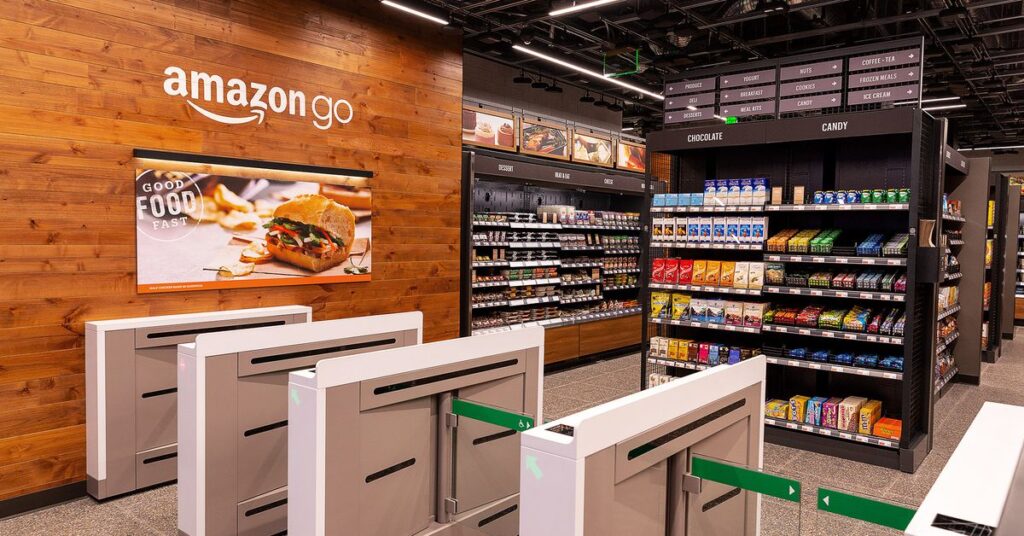
Amazon Go
Amazon Go is a convenience store chain that is operated by Amazon. As of 2020, there are already 26 store locations in Seattle, Chicago, San Francisco, and New York City with ambitious plans for more in the US and beyond.
Amazon Go stores are equipped with “just walk out shopping”, a state-of-the-art technology that allows customers to take what they wish to purchase and simply walk out the door without stopping to checkout, pay, or even wait in line. Each customer will have a virtual cart that will automatically detect when products are taken from or returned to the shelves. Once you exit the store with your purchases, Amazon will send you a receipt and charge your Amazon account.
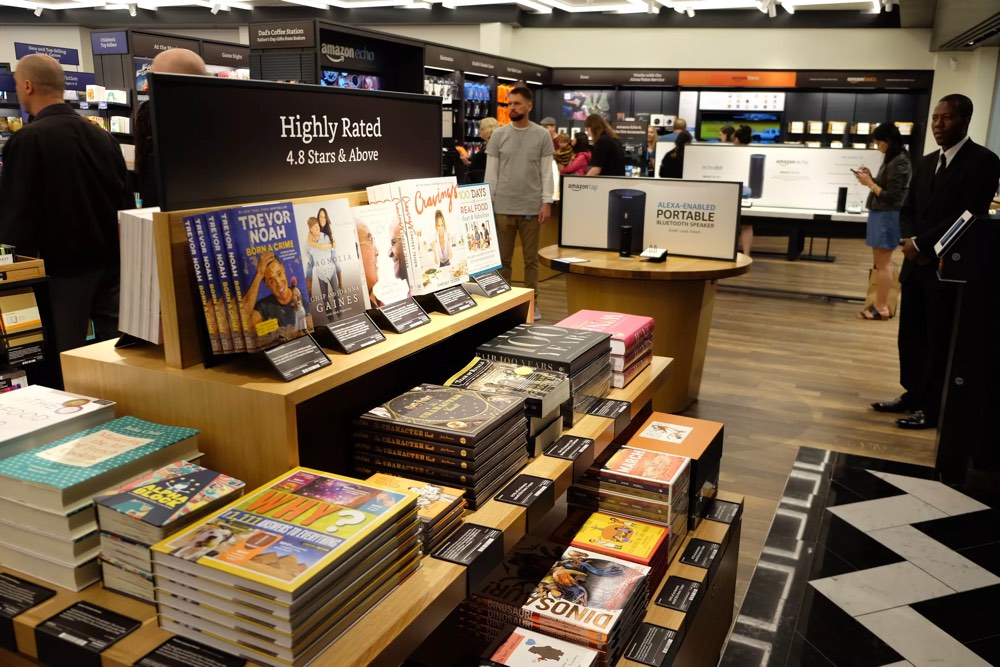
Amazon Bookstore
Amazon Bookstore is the brick-and-mortar incarnation of Amazon’s origin story – an online bookstore. The first location opened in Seattle in 2015 and further stores have since opened across America. Though this could easily be perceived as a retrograde step, being Amazon, there’s a fresh spin on everything in the store. Instead of the traditional bookstore organization of having the book spines out in a row, each book is displayed with its cover facing the customer and with plenty of space around it, echoing the way it would be displayed online. Likewise, instead of the typical bookstore categorization of ‘science fiction’, ‘romance’, ‘mystery’ etc, the Amazon Bookstore lists categories such as “Books people finished within three days on their kindle” and “Books that are rated 4.8 and above.” The Amazon Bookstore shopping experience is structured to encourage customers’ use of their mobile device and Amazon app. In fact, prices are often not even displayed, so one must use the mobile app to scan the book’s barcode and discover the cost.
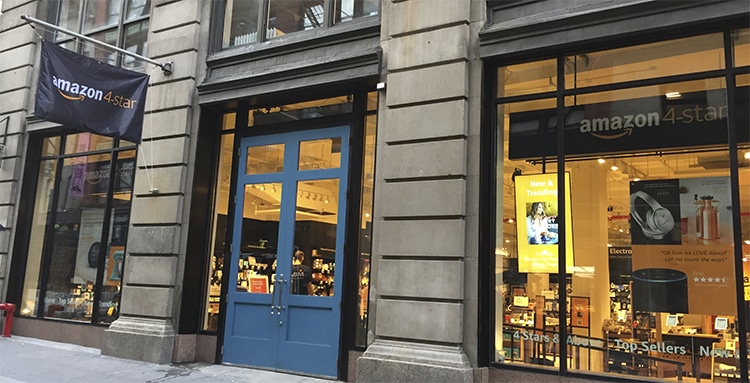
Amazon 4-Star
A storefront stocked with a compilation of Amazon’s best sellers and favorites. Amazon 4-Star uses online sales data and ratings to curate a shopping experience that consumers will love. Inventory is sorted into categories such as “frequently bought together,” “most wished for,” and “best sellers.” Customers can also test out all kinds of Amazon devices inside an Amazon 4-Star location.
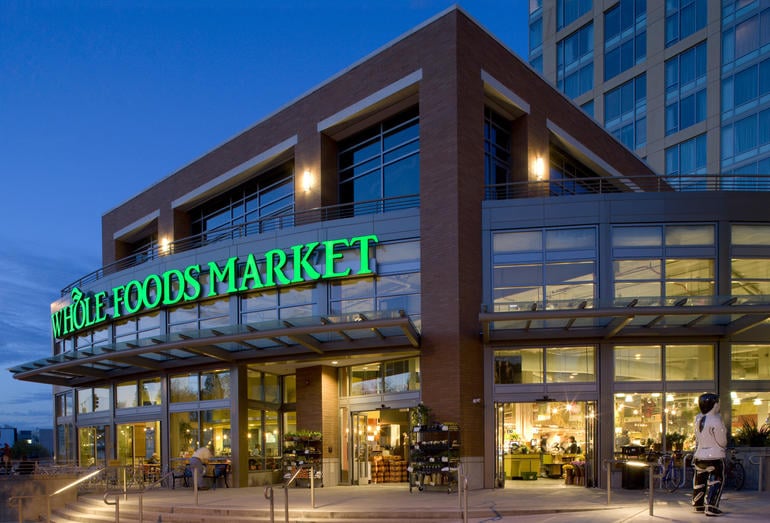
Whole Foods
In 2017, Amazon acquired Whole Foods Market for $13.7 billion effectively shaking up the entire grocery game as the world knew it. Since Amazon’s purchase, Whole Foods has not utterly dominated the grocery industry like many believed it would, but it has caused a great shift in how many grocery chains operate. Since 2017 numerous big-name grocers have begun offering online ordering and curbside pickup, likely spurred on to keep up with Whole Foods. Although Whole Foods has sense seemed to fall off as one of Amazon’s top priorities, it is still a major player in the grocery scene, and it has made a significant impact on how many consumers shop for groceries on a daily basis.
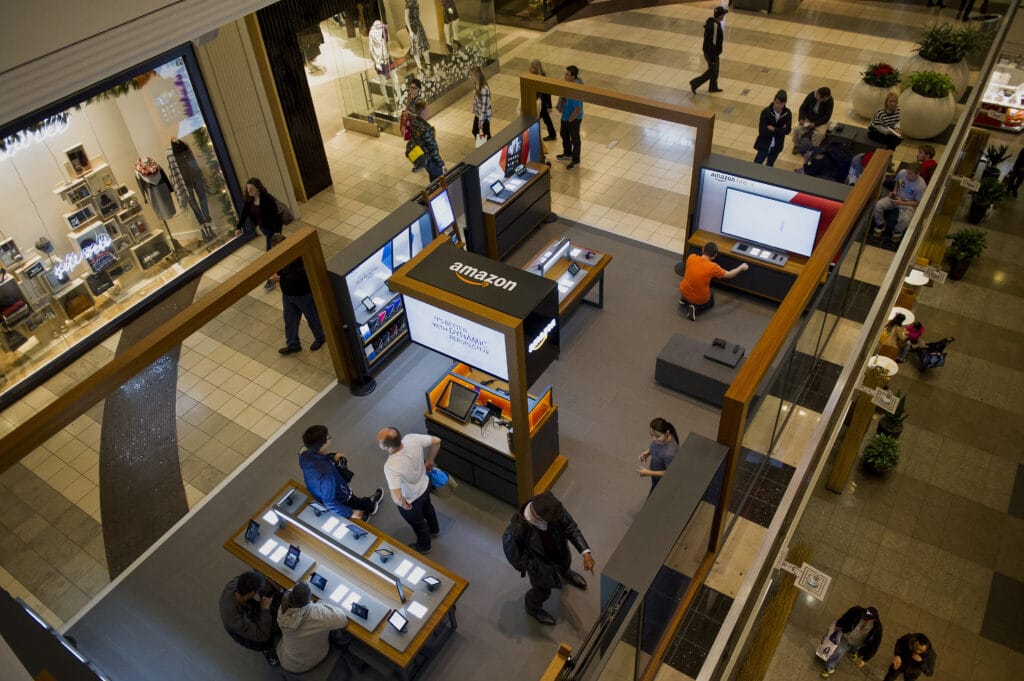
Amazon Pop Up
Amazon Pop Up stores are stand-alone kiosks that are often found in malls and markets alike – they feature Amazon devices such as Kindle readers, Fire tablets, and Echo speakers and a selection of other top brands that Amazon sells. Although Pop Up stores can be found in 20 states, it appears that these kiosks’ are slipping away from Amazon’s retail agenda moving forward as many have closed in recent months.
Amazon’s effect on old-world commerce
Remember when the future of retail was online? Well, now it appears that some of the biggest names, including Amazon, in the e-retail space have decided that they cannot go without at least some brick and mortar retail locations. Jeff Bezos and Amazon have always been laser-focused on industry disruption, but one of the biggest keys is knowing when the market is ready to be disrupted. Amazon disrupted and changed the retail market game when it began its hugely successful online store in 1994; it was time for a change, and Amazon brought that to be. Now, Amazon is stepping into physical retail because the market is ready for it. Bezos knows that retail shoppers are growing frustrated with the status quo shopping experience, and Amazon believes it can improve how things are done.
The future of retail is blended; in fact, many shoppers have specific preferences for what they like to buy online versus what they would rather purchase in a physical store. Take the fashion retail market into consideration – Amazon has made strides in getting a corner on the market, but it is clear that many individuals feel much more comfortable making clothing purchases where they can see, feel, and try items on before they buy! It’s apparent that Amazon has realized the need for a presence online and at brick and mortar locations, which will ultimately allow Amazon to get a massive hold on many industries, including fashion.
As Amazon continues to move into the brick and mortar retail space, other companies and competition are forced to keep up, and that’s not a bad thing. As we see the rise of Amazon stores, we can plan to see the general culture and operation of the retail market improve all around. Innovation forces change, competition encourages more innovation from other parties, and as retailers all around are forced to act in order to win the consumers’ business, the consumer will benefit!
Interesting thought
Amazon isn’t new to occupying physical space. In fact, Amazon’s e-commerce warehouses, package distribution centers, and cloud computing facilities occupied more than 190 million square feet of space in North America at the end of 2019. That’s a lot of space! So if you think about it, moving into storefronts across America won’t necessarily be as big of an adjustment for Amazon as many suspect it will be.
It was also just announced that Amazon plans to open 1,500 warehouses in US suburbs. It wouldn’t be difficult to open up a physical stores on the front of these, so watch this space for more Amazon presence in your local area soon!
Podean’s unBoxed 2023 Recap: Day 1
LiveCraft streaming studio opens in LA
About Podean
Latest Posts

Skai Director of Sales joins Podean as Director of Retail Media Partnerships
September 12, 2023




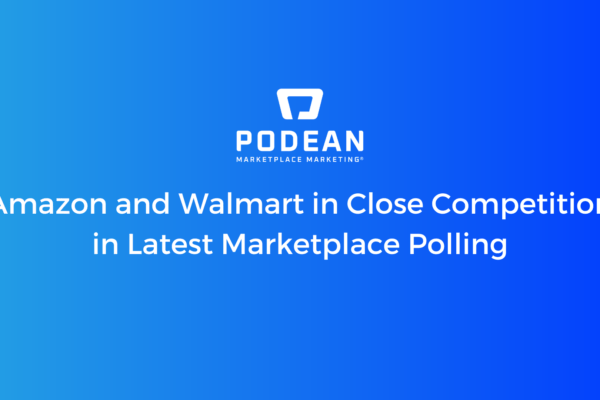






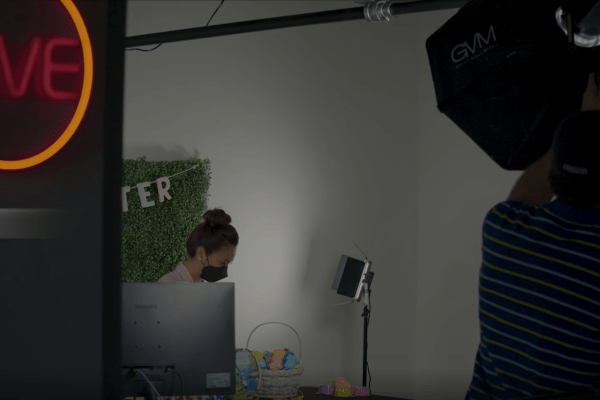
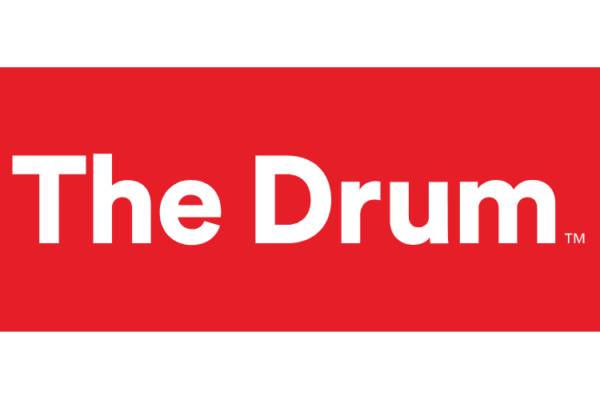
Comments are closed.